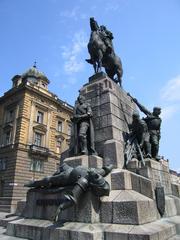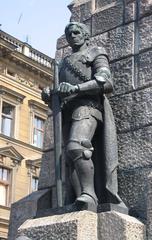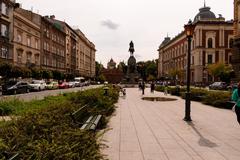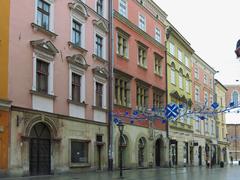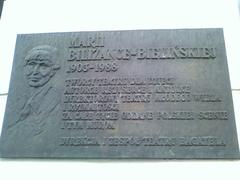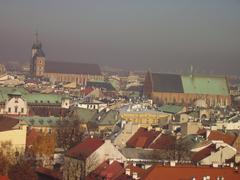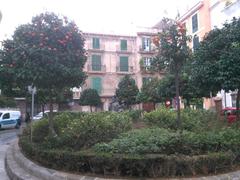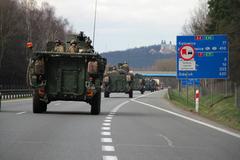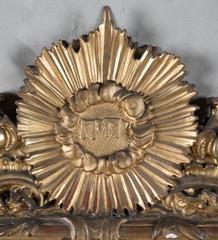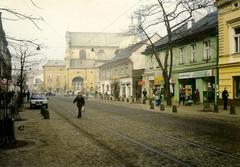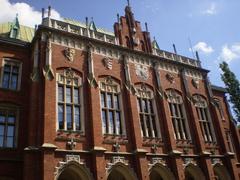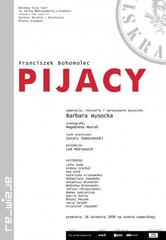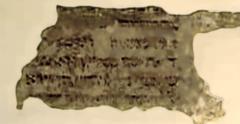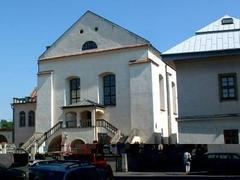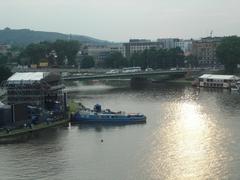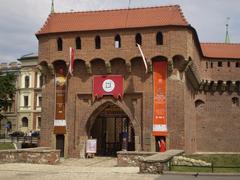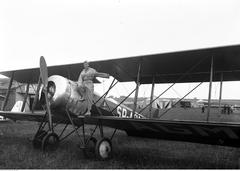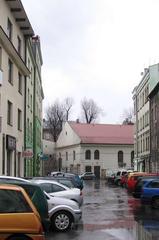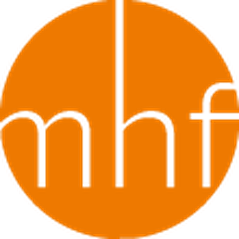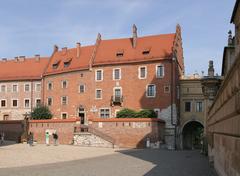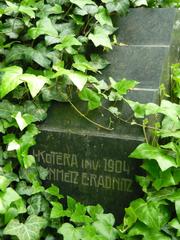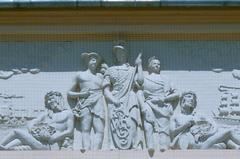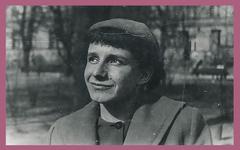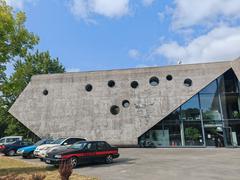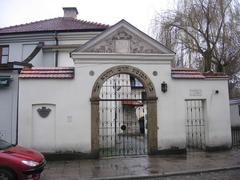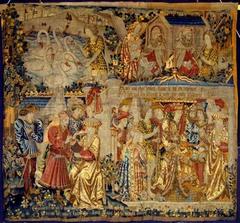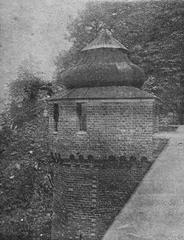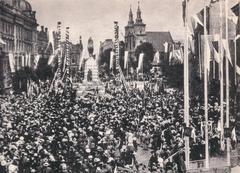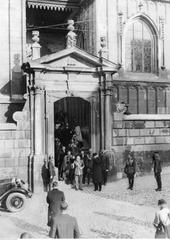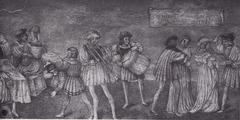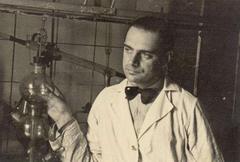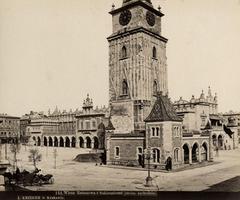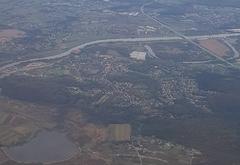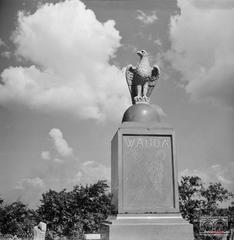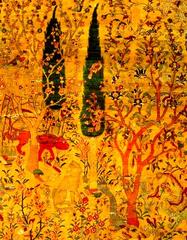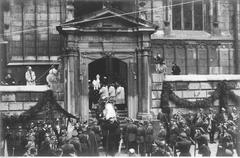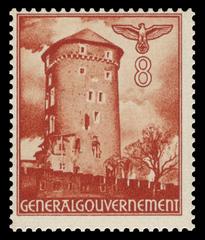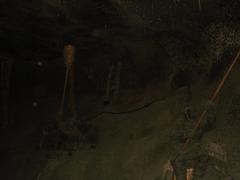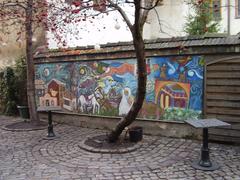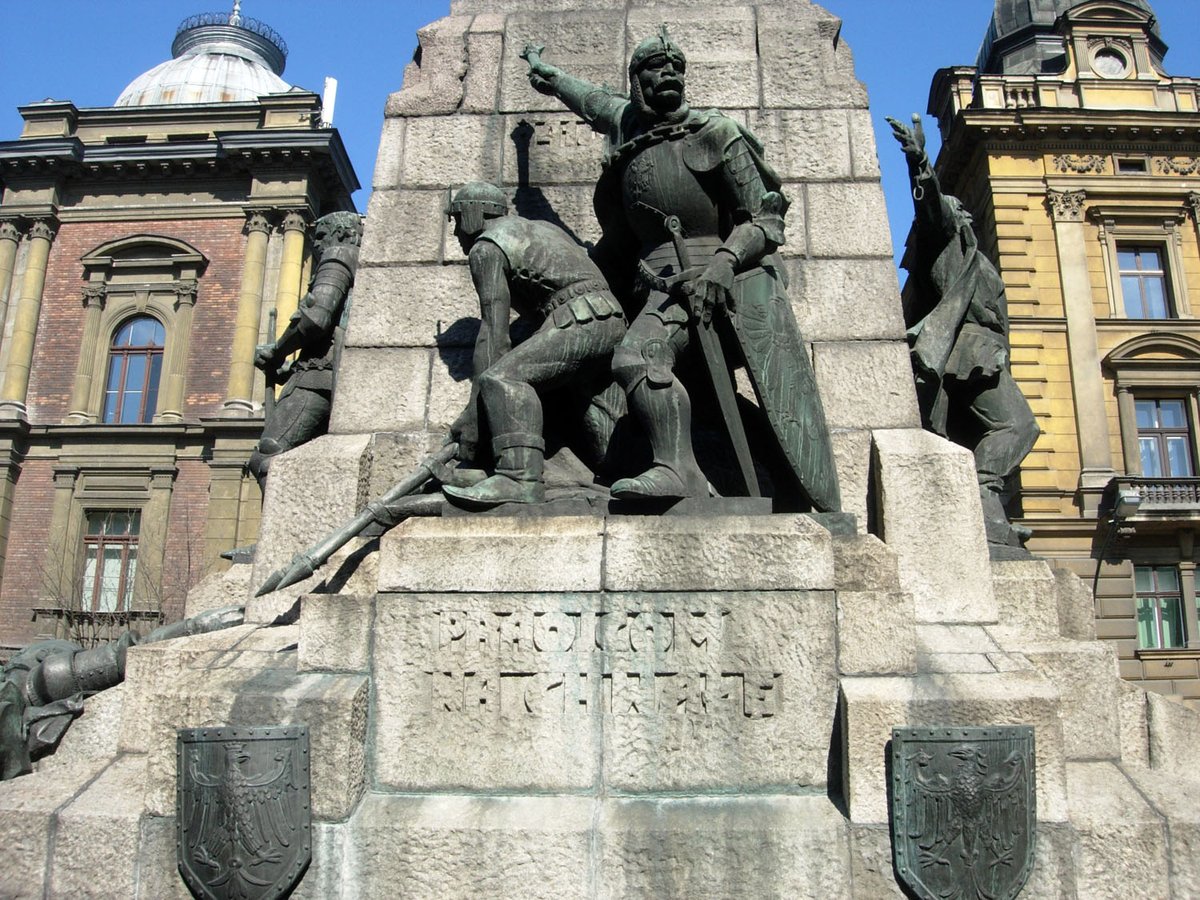
Comprehensive Guide to Visiting Grunwald Monument, Kraków, Poland
Date: 23/07/2024
Introduction
The Grunwald Monument in Kraków, Poland, is a significant historical site that commemorates the Battle of Grunwald, a pivotal event that took place on July 15, 1410. This battle saw the Kingdom of Poland and the Grand Duchy of Lithuania join forces to defeat the Teutonic Knights, marking a turning point in the power dynamics of medieval Europe. The monument, located in Matejko Square, serves as a powerful symbol of Polish national pride and resilience. It features an equestrian statue of King Władysław II Jagiełło, who led the Polish forces to victory, surrounded by other notable historical figures (Poland Travel, Krakow Info, Culture.pl).
Commissioned to celebrate the 500th anniversary of the battle, the monument was funded by Ignacy Paderewski, a renowned pianist and fervent patriot, and designed by Polish-Lithuanian sculptor Antoni Wiwulski. Its unveiling in 1910 was a significant event attended by thousands, including prominent political and cultural figures. Despite being destroyed during World War II by Nazi Germany, the monument was reconstructed and unveiled again in 1976, based on Wiwulski’s original design (Yad Vashem, Polish History Museum).
Today, the Grunwald Monument remains a focal point for cultural and educational events, attracting visitors from around the world. This guide provides comprehensive information for planning a visit, including historical insights, visitor tips, and details on nearby attractions, ensuring a memorable and enriching experience at this iconic landmark.
Table of Contents
- Introduction
- History of the Grunwald Monument
- Visitor Information
- Nearby Attractions
- Frequently Asked Questions (FAQ)
- Conclusion
History of the Grunwald Monument
Origins and Commissioning
The Grunwald Monument commemorates the Battle of Grunwald, a key historical event on July 15, 1410, where the Kingdom of Poland and the Grand Duchy of Lithuania defeated the Teutonic Knights. The monument was commissioned to celebrate the 500th anniversary of this victory, reflecting national pride and historical significance.
Jan Matejko, a renowned Polish painter, initially proposed the idea. However, it gained momentum in 1902 due to Ignacy Paderewski, a famous pianist, composer, and fervent patriot. Paderewski not only advocated for the monument but also funded its construction, underscoring his commitment to Polish heritage and history (Poland Travel).
Design and Construction
Antoni Wiwulski, a Polish-Lithuanian sculptor, won the design competition for the monument. The centerpiece is a statue of King Władysław II Jagiełło on horseback, symbolizing leadership and valor. Surrounding him are statues of other notable figures, such as Grand Duke Vytautas of Lithuania and the fallen Grand Master of the Teutonic Knights, Ulrich von Jungingen. This dynamic composition captures the battle’s intensity (Krakow Info).
Construction began in 1909 and was completed by 1910, just in time for the 500th anniversary. The unveiling on July 15, 1910, was a significant event attended by thousands, including prominent political and cultural figures (Culture.pl).
Historical Significance
The monument symbolizes the Polish-Lithuanian alliance’s victory and the decline of the Teutonic Order. It became a symbol of hope and resistance against foreign domination during Poland’s partitions in the late 18th century (Polish History Museum).
World War II and Reconstruction
In 1939, Nazi Germany destroyed the monument as part of their campaign to erase Polish national identity. Efforts to rebuild it began after the war, and the new monument was unveiled on July 16, 1976, based on Wiwulski’s original design (Yad Vashem).
Modern-Day Relevance
The Grunwald Monument remains a significant cultural and historical landmark, attracting visitors worldwide. It has become a focal point for cultural and educational events, helping to keep the memory of the Battle of Grunwald alive (Visit Krakow).
Visitor Information
Visiting Hours
The Grunwald Monument is accessible 24/7, allowing visitors to explore the site at any time.
Tickets
There is no admission fee to visit the Grunwald Monument, making it an accessible historical site for all.
Accessibility
The monument is located in a public square, making it accessible to visitors with mobility challenges.
Travel Tips
- Best Time to Visit: The monument is best visited during the spring and summer months for pleasant weather.
- Guided Tours: Consider joining a guided tour to gain deeper insights into the historical significance of the monument.
- Photographic Spots: The monument provides excellent photo opportunities, especially during sunrise or sunset.
Nearby Attractions
- Kraków Old Town: A UNESCO World Heritage site, offering historical buildings, museums, and vibrant nightlife.
- Wawel Castle: A historic castle and former residence of Polish kings, located nearby.
- St. Mary’s Basilica: A stunning Gothic church famous for its wooden altarpiece.
Frequently Asked Questions (FAQ)
Q: Is the Grunwald Monument open all year round?
A: Yes, the monument is accessible year-round.
Q: Are there any entrance fees?
A: No, visiting the Grunwald Monument is free.
Q: Can I take guided tours?
A: Yes, guided tours are available and recommended for a comprehensive understanding of the site’s history.
Conclusion
The Grunwald Monument in Kraków stands as a testament to the enduring spirit and resilience of the Polish people. From its origins and commissioning to its destruction and subsequent reconstruction, the monument encapsulates a significant chapter in European history. It not only commemorates the victory at the Battle of Grunwald but also serves as a symbol of national pride and unity, reflecting the broader struggles and triumphs of Poland’s past (Visit Krakow, In Your Pocket).
Visitors to the Grunwald Monument can explore its rich historical context, appreciate its artistic design, and participate in various cultural and educational events that keep the memory of the Battle of Grunwald alive. With no admission fees and 24/7 accessibility, the monument is an inclusive site for all to visit. Nearby attractions, such as Kraków Old Town, Wawel Castle, and St. Mary’s Basilica, further enhance the visitor experience, making a trip to the Grunwald Monument a comprehensive journey through Polish history and culture.
By understanding the historical significance and modern-day relevance of the Grunwald Monument, visitors can gain a deeper appreciation for this iconic landmark and its role in preserving Poland’s national heritage. Whether through guided tours, self-exploration, or participation in annual commemorative events, the Grunwald Monument offers a meaningful and inspiring experience for all who visit.
References
- Poland Travel, n.d., https://www.poland.travel/en
- Krakow Info, n.d., https://www.krakow-info.com
- Culture.pl, n.d., https://culture.pl
- Yad Vashem, n.d., https://www.yadvashem.org
- Polish History Museum, n.d., https://muzhp.pl
- Visit Krakow, n.d., https://visitkrakow.com
- In Your Pocket, n.d., https://www.inyourpocket.com/krakow/grunwald-monument_16657v

